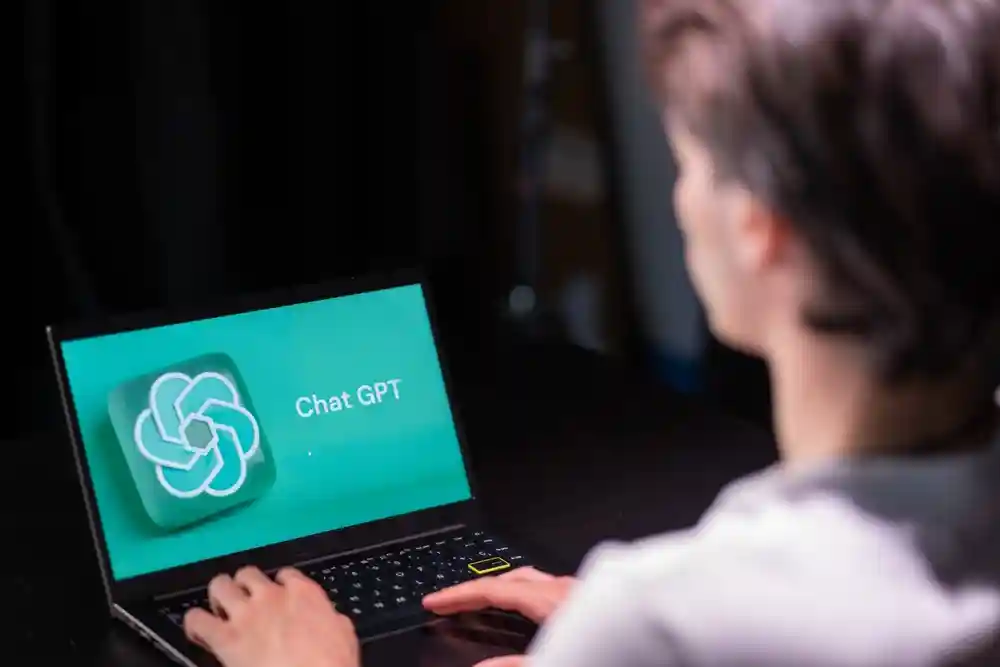How Students Are Using AI In The Classroom
From chatbots handling customer service to automated research tools, artificial intelligence (AI) is transforming industries by making everyday processes more efficient and offering solutions in real time. In the education sector, however, AI is presenting a different challenge. While it can be helpful, it’s also being misused, leading to growing concerns about academic dishonesty.
Students are increasingly turning to AI to bypass traditional learning methods, and teachers are feeling the impact. Below, we explore how students using AI to cheat is affecting education and what teachers can do about it.
How Are Students Using AI?
AI tools have become a go-to shortcut for students, replacing effort with automation. Common ways students are using AI to bypass the learning process include:
- Writing Papers
Students using AI to write papers is one of the most prevalent forms of cheating. AI tools such as ChatGPT can generate entire essays or reports quickly, making it easy for students to avoid the writing process. While convenient, AI writing papers for students prevents them from developing critical writing and research skills.
- Answering Critical Thinking Questions
Critical thinking questions are meant to challenge students, but AI tools are being used to shortcut this process. Instead of formulating their own ideas, students using ChatGPT are inputting questions and submitting AI-generated answers. This creates a serious learning gap as students miss out on developing essential analytical skills.
- Book Summaries
Many students are turning to AI to summarize books, allowing them to skip reading their assigned texts. By relying on AI to outline chapters, plot themes and character arcs, students avoid direct engagement with the material, which limits their understanding and critical thinking development.
- Generative AI Research
AI tools are also being used for research, but the information provided isn’t always reliable. Students using it for research purposes may receive incorrect or incomplete data, leading to poor-quality work while also undermining the development of important skills like source evaluation and independent thinking.
- Math Problems
AI is highly proficient at solving math problems, and students are taking advantage of this. Rather than practicing and learning mathematical concepts, they use AI to solve their homework. This eliminates the learning aspect of math and fosters dependence on technology.
- Inspiration & General Advice
While most of the above examples highlight the misuse of AI, it can be beneficial when used properly. AI can offer inspiration, provide general advice or help with brainstorming. This use of AI is positive, as it encourages students to think creatively without relying on AI to do the work for them.
What You Can Do About It
Here are some strategies for teachers to address AI misuse and encourage honest learning:
- Set Clear Guidelines
Be clear about how AI can and cannot be used. Let students know that while it can help with brainstorming or ideas, using AI to write papers or complete assignments is off-limits. Establish consequences for those caught cheating, making it known that academic dishonesty has real repercussions.
- Use AI Detection Tools
Several AI detection tools are available that can help identify if student work was generated by AI. These tools can be used to screen submissions for AI-generated content, helping to catch those who are relying too heavily on technology instead of their own work.
- Monitor Student Progress
Keep an eye on your students’ progress. If their writing suddenly improves dramatically or the work feels too polished, it might be worth investigating. Regularly checking drafts and asking for outlines or brainstorming notes can also make it harder for students to rely entirely on AI.
- Encourage Proper AI Use
Instead of banning AI completely, guide students on how to use it responsibly. Encourage them to use AI for research ideas or inspiration while making it clear that the actual work needs to come from them. This AI/ChatGPT and student balance helps them learn how to integrate technology into their education without bypassing the learning process.
Balancing technology use in education doesn’t mean restricting valuable resources. Rather, it’s about teaching students how to use them properly. To learn more about effective classroom strategies, check out our course on classroom management. It offers valuable insights into leading your students while maintaining a productive, engaging learning environment.




